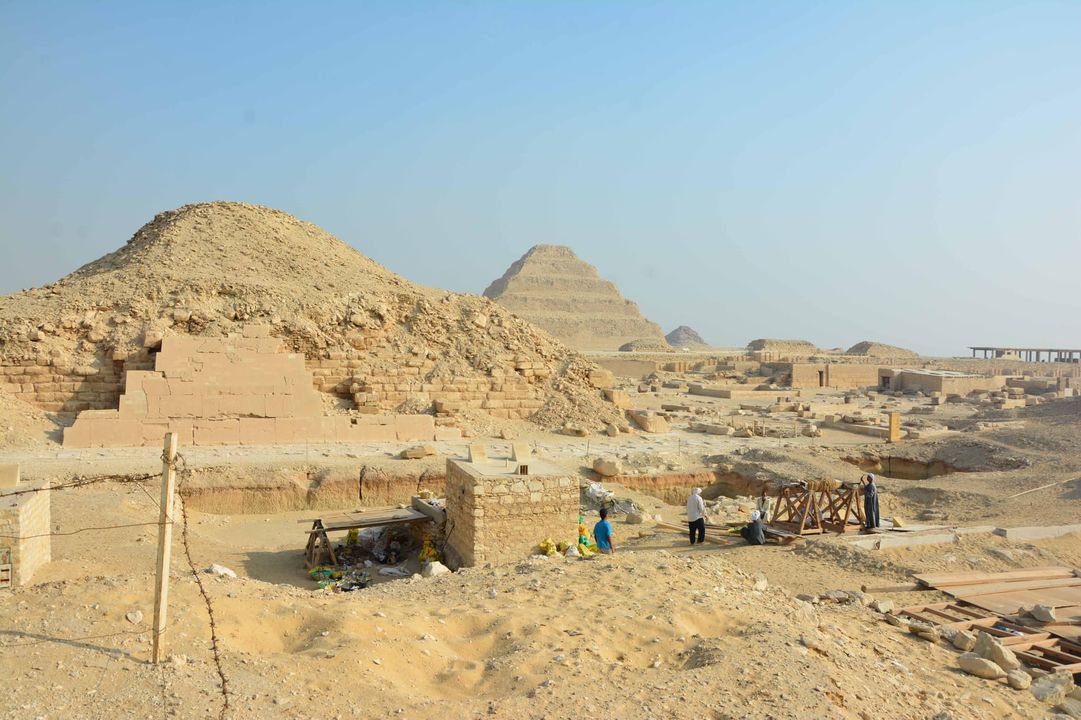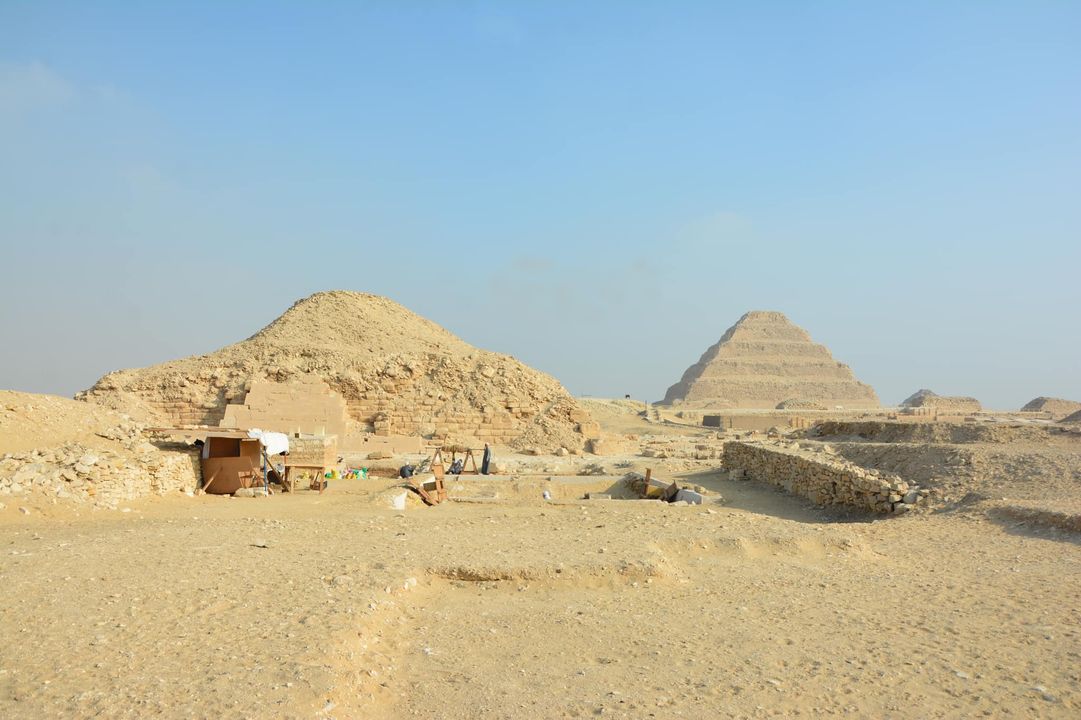1 February 2023
A team of researchers from Ludwig Maximilian University and the University of Tübingen in Germany, in cooperation with the National Research Center in Cairo, succeeded in solving some of the secrets of the ancient Egyptian mummification and the materials used in its process. They analyzed the organic residues found inside the pottery vessels that were discovered in 2018 in the so-called mummification workshop by the Egyptian-German archaeological mission headed by the late Dr. Ramadan B. Hussein as a part of his Saqqara Saite Tombs Project (SSTP).
“The results of this research were published today, February 1, 2023, in the scientific journal Nature, showing that the mission found the ancient Egyptian names of the organic substances used during the mummification process written in hieratic (daily use script) on the surface of some of the pottery vessels,” said Secretary General of the Supreme Council of Antiquities (SCA) Mostafa Waziri. “In addition to that, the names of the body parts, onto which these organic materials were applied during the various stages of the embalming process, were also written on the pottery.”
The team studied and analyzed the organic residues found in the vessels from the workshop in hope to describe their chemical characteristics in an attempt to uncover the principles and secrets of the mummification process in ancient Egypt by identifying the materials used by the ancient Egyptians to preserve human body. The team was able to identify each substance along with the specific body part for which it was intended. Importantly, these finds for the first time combine three different types of information about the mummification process, namely, the material used, its name in the ancient Egyptian language, and the body part onto which it was applied. Revealing the nature of the materials is very important to our understanding of mummification.
“This discovery greatly contributes to better understanding of the well-known ancient texts concerning the process of mummification, because the team managed, for the first time, identify the writings on the vessels with the chemical characteristics of their contents, and thus accurately determine the appropriate material for embalming of a specific part of the deceased’s body” said Mostafa Waziri.
The research revealed that a number of materials used in the mummification process were imported from other parts of the ancient world, such as the Mediterranean region, tropical rainforests, and southeast Asia. This indicates the existence of trade links and communication between those regions and ancient Egypt in that early period.
“The research showed that the vessels that were used in the mummification process were labeled with the names of their contents, as well as instructions how to use them, which contributed greatly to identification of the names of many of the materials used. The analysis of the remains that were found in the vessels was carried out to determine its chemical components, pointing out that, for example, the substance “antiu”, which was used and frequently mentioned in the descriptions of the mummification process, was understood before as frankincense, but the results of the recent study showed that it is actually a mixture of cedar oil, Juniper/ cypress oil and animal fats. This study was done on the discovered materials by using gas chromatography and mass spectrometry,” said deputy director of the mission, Susanna Beck.
——-
The Ministry of Tourism and Antiquities
Ministry of Tourism and Antiquities وزارة السياحة والآثار


